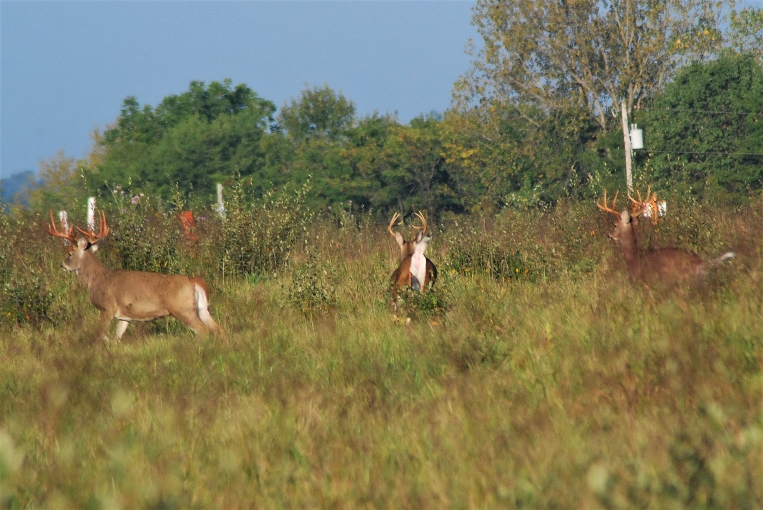
If there is such a thing as a cagey game animal, it must be the whitetail buck. There is no flawless instruction manual on how to tag mature bucks. Luck can play a role, but hunters eventually learn there is no 100% equation for success. In many ways, deer hunting is like going back to school every year. Here are some strategies to help you fill a tag.
Funnels are tops
Also called pinch points or bottlenecks, funnels naturally encourage deer to take a specific route due to obstacles that block or make alternate routes difficult. Deer funnels can be created by rocks, water bodies, hills, or other natural features. Search for ambush points on these routes where deer are likely to feel comfortable, out of the view of humans and other predators. Focus on prime travel lanes that include bedding niches where deer can view the landscape around them for danger.
Go to the edges
Savvy hunters have learned that habitat edges can provide unexpected hunting opportunities. The ideal spots provide deer with food, water, cover and bedding.
Examples include the edges of corn or grassy fields adjacent to thick cover and fencerows near woods and fields. A logical feature is where a fenceline butts into a length of fence, forming a “T”. This offers a 90-degree fencerow design of cover where isolated pockets of undergrowth increase concealment.
Utility power line openings are also attractive deer haunts.
Tread lightly
If something is out of place, a buck will notice the change instantly! Humans believe we are the masters of intelligence, but a big-racked buck usually has the upper hand when you enter his domain. His senses, age, experiences and habitat familiarity combine to give him a longer life.
Seek private land nearby
Throughout much of the year bucks are loners, occasionally mingling with other bucks. Hunters can up their odds at outmaneuvering cautious bucks by focusing on their survival habits. Mature bucks favour private properties where they can avoid masses of hunters. Private property landowner/hunter relationships are crucial.
Do some gardening
In pressured areas, deer are more comfortable in thick bush and won’t reveal themselves until after dark. You can’t usually hunt in the thick stuff but you can draw them out.
Create a mock scrape or a food plot near thick deer habitat to entice bucks into shooting range.
Some habitat changes are best done way before the hunting season since anything new will put a buck on edge.
Well hung
When hunting from a single fenceline tree, your movements can be spotted easily by deer. Hang your stand near other trees or foliage to break up your outline.
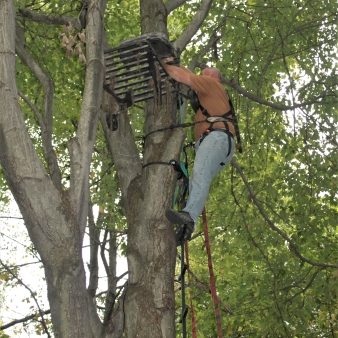
Fencerows are where the magic happens
Wherever fencerows crisscross landscapes, deer capitalize on their structures, especially when they are laced with any form of vegetation. The remarkably adaptive whitetail has learned to exploit a technique favoured by small game: they tuck into weedy fencerows and remain motionless while farm equipment and hunters pass within close range.
Hunt their day shift
Unless bucks are aggressively chasing does, we seldom see them because they will bed early, and become active after dusk. Be on stand adjacent to known bedding as early as possible during the morning and stay in the woods until the last legal minutes of daylight. Get off the beaten path, too. Go deep, then deeper. The term “nocturnal buck” applies to open areas. A buck might appear nocturnal in the open fields where you hunt, but he is active somewhere. Typically it’s away from humans, deeper into dense cover.
Originally published in the 2019 Hunting Annual of Ontario OUT of DOORS magazine


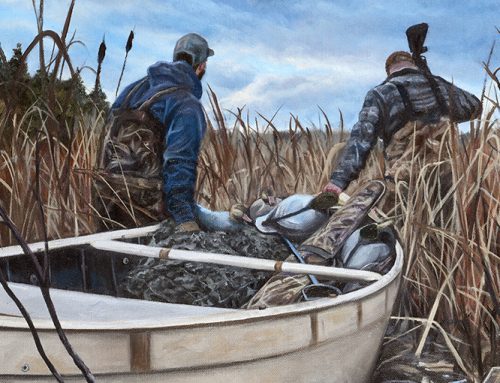
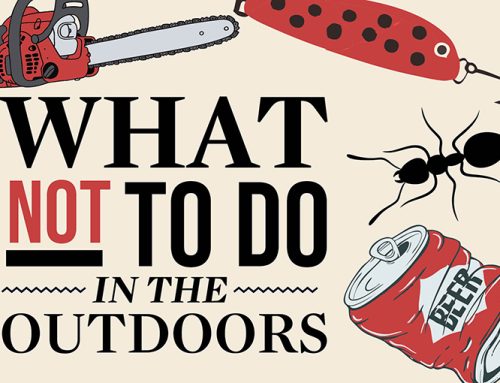
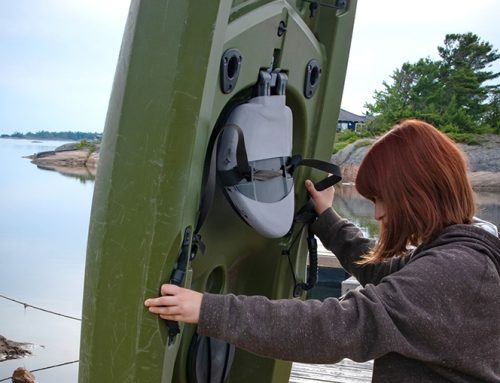

Leave A Comment